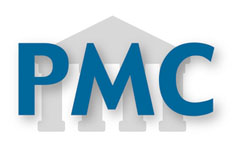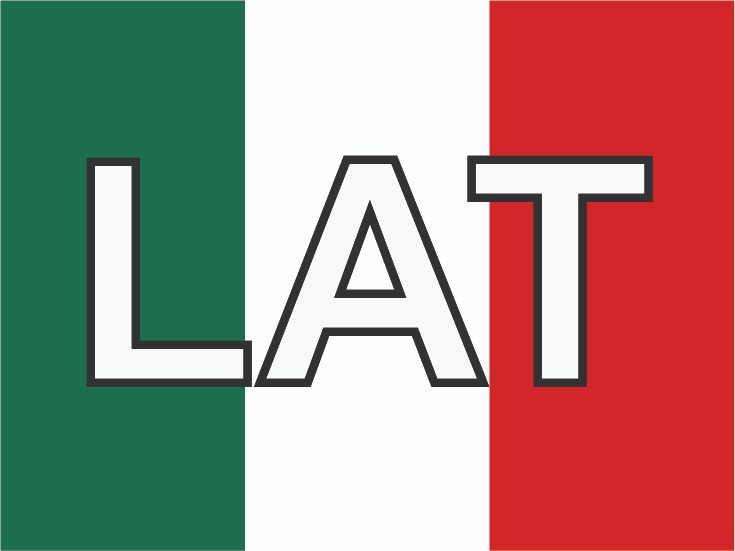Resistance profile for pathogens causing urinary tract infection in a pediatric population, and antibiotic treatment response, at a university hospital 2010-2011
Abstract
Introduction:Urinary tract infection (UTI) is one of the most common bacterial infections in childhood and causes acute and chronic morbidity and long-term hypertension and chronic kidney disease.
ObjectivesTo describe the demographic characteristics, infectious agents, patterns of antibiotic resistance, etiologic agent and profile of susceptibility and response to empirical treatment of UTI in a pediatric population.
Methods:This is a descriptive, retrospective study.
Results:Included in the study were 144 patients, 1:2.06 male to female ratio. The most common symptom was fever (79.9%) and 31.3% had a history of previous UTI. 72.0% of the patients had positive urine leukocyte count (>5 per field), urine gram was positive in 85.0% of samples and gram negative bacilli accounted for 77.8% for the total pathogens isolated. The most frequent uropathogens isolated were Escherichia coli and Klebsiella pneumoniae. Our E.coli isolates had a susceptibility rate higher than 90% to most of the antibiotics used, but a resistance rate of 42.6% to TMP SMX and 45.5% to ampicillin sulbactam. 6.3% of E. coliwas extended-spectrum beta-lactamases producer strains. The most frequent empirical antibiotic used was amikacin, which was used in 66.0% of the patients. 17 of 90 patients who underwent voiding cistouretrography (VCUG) had vesicoureteral reflux.
Conclusion:This study revealed that E. coli was the most frequent pathogen of community acquired UTI. We found that E. coli and other uropathogens had a high resistance rate against TMP SMX and ampicillin sulbactam. In order to ensure a successful empirical treatment, protocols should be based on local epidemiology and susceptibility rates.
Authors
Downloads
Keywords
- Urinary tract infection
- drug resistance
- bacterial
- Escherichia coli.
References
. Fitzgerald A, Mori R, Lakhanpaul M, Tullus K , authors. Antibiotics for treating lower urinary tract infection in children. Cochrane Database Syst Rev. 2012;8:CD006857.
. Oreskovic NM, Sembrano EU , authors. Repeat urine cultures in children who are admitted with urinary tract infections. Pediatrics. 2007;119(2):e325–e329.
. Beiraghdar F, Panahi Y, Einollahi B, Moharamzad Y, Nemati E, Amirsalari S , authors. Predisposing factors for renal scarring in children with urinary tract infection. Saudi J Kidney Dis Transpl. 2012;23(3):532–537.
. Kashef N, Djavid GE, Shahbazi S , authors. Antimicrobial susceptibility patterns of community-acquired uropathogens in Tehran , Iran. J Infect Dev Ctries. 2010;4(4):202–206.
. Habib S , author. Highlights for management of a child with a urinary tract infection. Int J Pediatr. 2012;2012:1–6.
. Shaikh N, Morone N, Bost JE, Farrell MH , authors. Prevalence of urinary tract infection in childhood: a meta-analysis. Pediatr Infect Dis J. 2008;27(4):302–308.
. Wennerstro M, Hansson S, Jodal U, Sixt R, Stokland E , authors. Renal function 16 to 26 years after the first urinary tract infection in childhood. Arch Pediatr Adolesc Med. 2000;154:339–345.
. Hansson S, Bollgren I, Esbjo E, Jakobsson B , authors. Urinary tract infections in children below two years of age?:: a quality assurance project in Sweden. Acta Paediatr. 1999;88(3):270–274.
. Roberts KB , author. Urinary tract infection: clinical practice guideline for the diagnosis and management of the initial UTI in febrile infants and children 2 to 24 months. Pediatrics. 2011;128(3):595–610.
. Prelog M, Schiefecker D, Fille M, Wurzner R, Brunner A, Zimmerhackl LB , authors. Febrile urinary tract infection in children: ampicillin and trimethoprim insufficient as empirical mono-therapy. Pediatr Nephrol. 2008;23(4):597–602.
. Pai V, Nair B , authors. Etiology and sensitivity of uropathogens in outpatients and inpatients with urinary tract infection: Implications on empiric therapy. Ann Trop Med Public Healt. 2012;5(3):181–184.
. Montini G, Tullus K, Hewitt I , authors. Febrile urinary tract infections in children. N Engl J Med. 2011;365(3):239–250.
. Bitsori M, Maraki S, Kalmanti M, Galanakis E , authors. Resistance against broad-spectrum beta-lactams among uropathogens in children. Pediatr Nephrol. 2009;24(12):2381–2386.
. Ismaili K, Wissing KM, Lolin K, Le PQ, Christophe C, Lepage P, et al. , authors. Characteristics of first urinary tract infection with fever in children: a prospective clinical and imaging study. Pediatr Infect Dis J. 2011;30(5):371–374.
. Olson RP, Harrell LJ, Kaye KS , authors. Antibiotic resistance in urinary isolates of Escherichia coli from college women with urinary tract infections. Antimicrob Agents Chemother. 2009;53(3):1285–1286.
. Beetz R, Westenfelder M , authors. Antimicrobial therapy of urinary tract infections in children. Int J Antimicrob Agents. 2011;38 Suppl:42–50.
. Kashanian J, Hakimian P, Blute M, Wong J, Khanna H, Wise G, et al. , authors. Nitrofurantoin: the return of an old friend in the wake of growing resistance. BJU Int. 2008;102(11):1634–1637.
. Kupperman N, Bank D, Walton E, Senac M, McCaslin I , authors. Risks for bacteremia and urinary tract infections in young febrile children with bronchiolitis. Arch Pediatr Adolesc Med. 1997;151:1207–1214.
. Levine D, Platt S, SP D , authors. Risk of serious bacterial infection in young febrile infants with respiratory syn- cytial virus infections. Pediatrics. 2004;113(6):1728–1734.
. Vanegas RJJ, Piedrahíta EV, Vélez EC, Prada MMC, Serna HLM, Flórez OJA, et al. , authors. Malformaciones urológicas asociadas y desarrollo de enfermedad renal crónica en pacientes pediátricos con diagnóstico de infección urinaria que consultaron al Hospital Universitario San Vicente de Paúl (Medellín , Colombia ) entre los años 1960-2010. IATREIA. 2013;26(1):5–14.
. Shah G, Upadhyay J , authors. Controversies in the diagnosis and management of urinary tract infections in children. Paediatr Drugs. 2005;7(6):339–346.
- PDF(EN)
- PDF(ES)
- HTML
- PERFIL DE RESISTENCIA DE LOS PATÓGENOS CAUSANTES DE INFECCIÓN URINARIA EN LA POBLACIÓN PEDIÁTRICA, Y RESPUESTA AL TRATAMIENTO ANTIBIÓTICO, HOSPITAL PABLO TOBON URIBE 2010-2011
- PERFIL DE RESISTENCIA DE LOS PATÓGENOS CAUSANTES DE INFECCIÓN URINARIA EN LA POBLACIÓN PEDIÁTRICA, Y RESPUESTA AL TRATAMIENTO ANTIBIÓTICO, HOSPITAL PABLO TOBON URIBE 2010-2011
- carta comite de etica
- Carta responsabilidad de autoria 1
- Carta responsabilidad de autoria 2
The copy rights of the articles published in Colombia Médica belong to the Universidad del Valle. The contents of the articles that appear in the Journal are exclusively the responsibility of the authors and do not necessarily reflect the opinions of the Editorial Committee of the Journal. It is allowed to reproduce the material published in Colombia Médica without prior authorization for non-commercial use




















